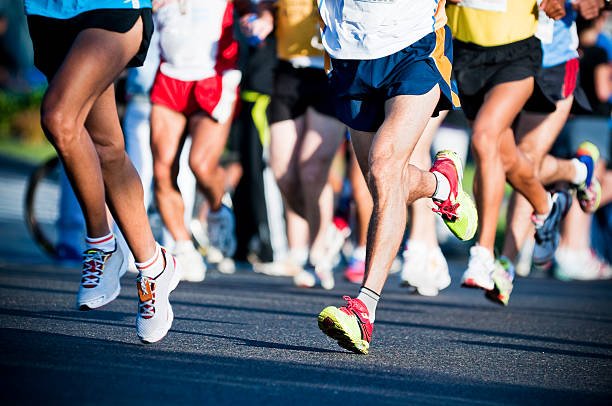No one should just get up and run. Not even Forrest. Respect your movement by prepping effectively first
Driving a car towards a wall without testing the brakes at speed makes you foolish (politely). Dropping an egg and salt onto a plate and expecting it to be an omelet makes us wishful. Likewise we need warming up to be our best. Our joints, muscles, lungs, and circulation are not airbags.
If you climb out of your commute and hit the pavement you are creating a kinetic storm in the forces you expect your body to transfer. Equally, if you roll out of bed and demand your coordination to be ready for a pre breakfast match of Padel then your body will one day tell you that you should have primed some sporting shapes more effectively first.
There is a reason that high performing individuals rehearse their actions and ensure they nutritionally, physically, and cognitively prep. And there are lessons that we can all learn from the athletes, business leaders, and individuals around us who seem to effortlessly defy fatigue. Yes they might have a higher baseline of output, but more controllably they schedule a non negotiable window before crucial execution to warm up. They read their notes before a key speech, execute imagery skills before a big race, and always always always pay more attention to readying their performance than ignorantly expecting the mind and body to respond on demand.
So what can you do to best protect yourself before your next Sunday league training or park run? Respect yourself to add 10 minutes and activate the movement pathways and response systems of the body so that your output exceeds a cold engine.
At high specificity the exercises and techniques for warming up will vary. But for the other 99% of us the means to activate your muscles and rehearse for our sport will be similar enough to create non negotiable rules for anyone to follow;
Move your body through increasing ranges of motion that simulate the activity: Before running 5km move through a Runners Lunge to mobilise hips & ankles;
Gradually increase your breathing rate, lung, heart, and circulatory functions from their resting state to the activity intensity: If you expect a HR of 175 bpm on the football pitch, make sure your warm up identifies this with high velocity pitch runs and 30s small sided games;
Activate the specific movement patterns building to a competition intensity: Before accelerating, decelerating, turning, and jumping on the squash court, complete Side Lying Clams, Glute Bridges, Deadbugs, and IYT’s.
Follow our Runners Lunge flow as a generic primer before any activity to prep better than simply a Redbull on the motorway.


